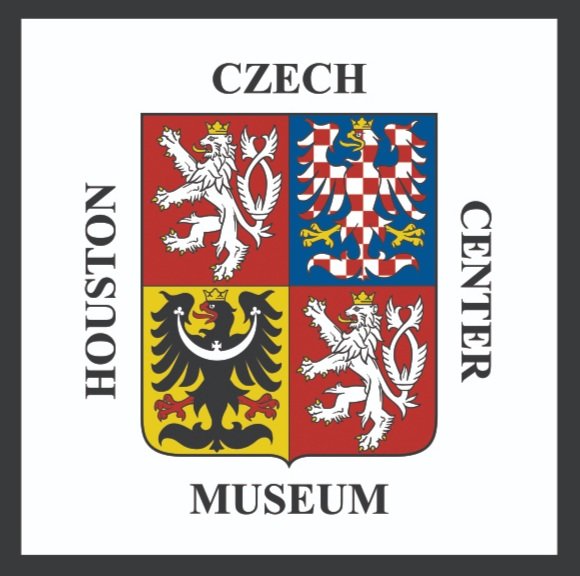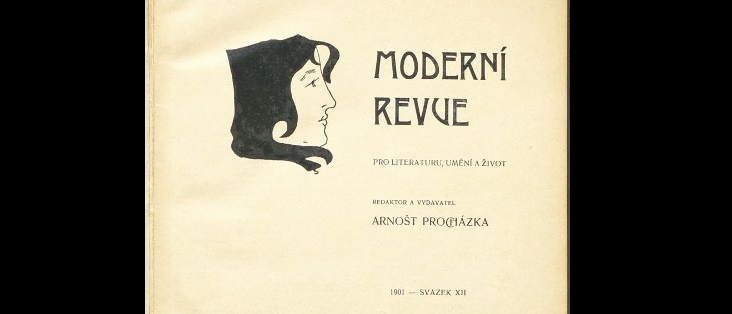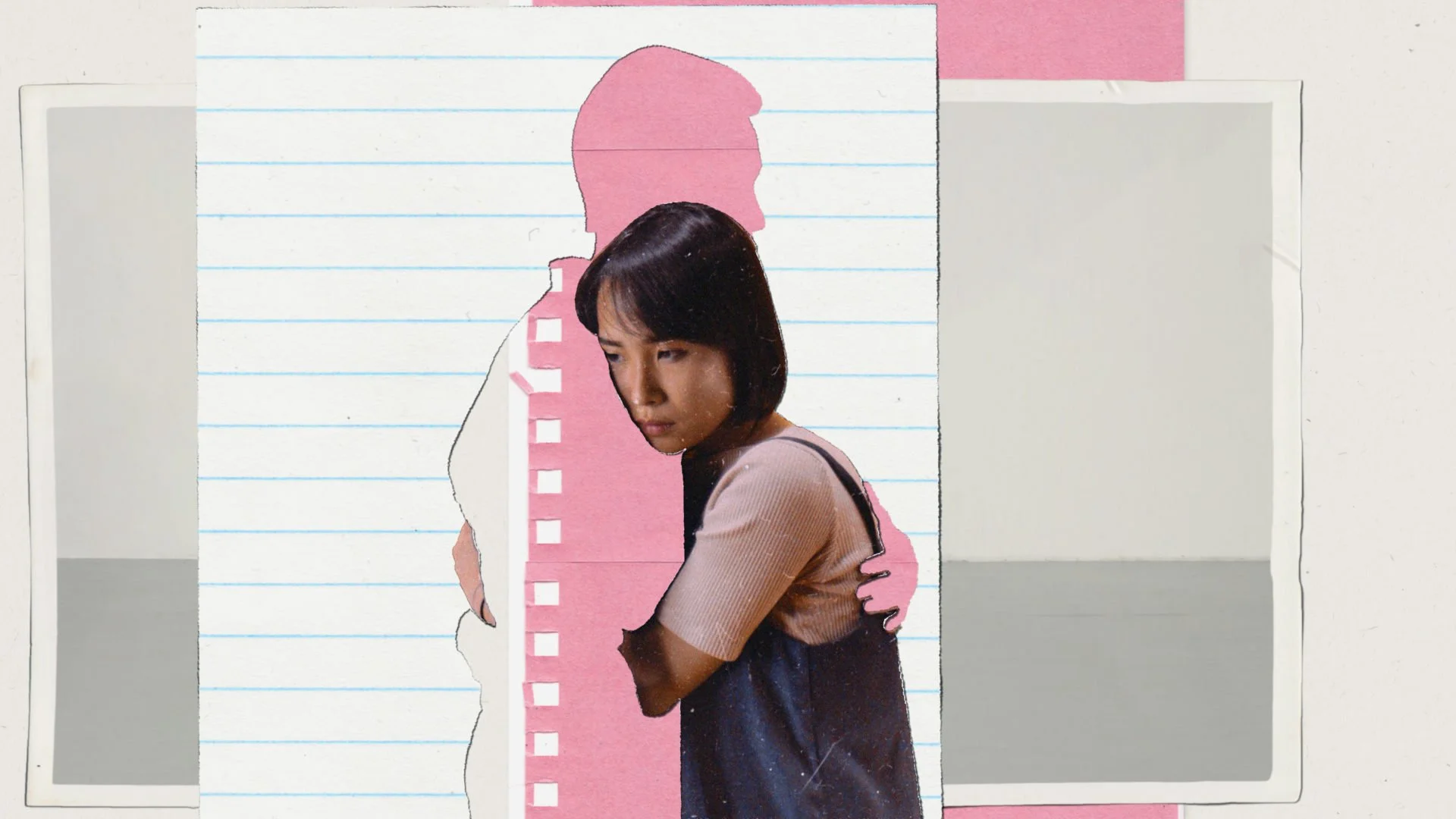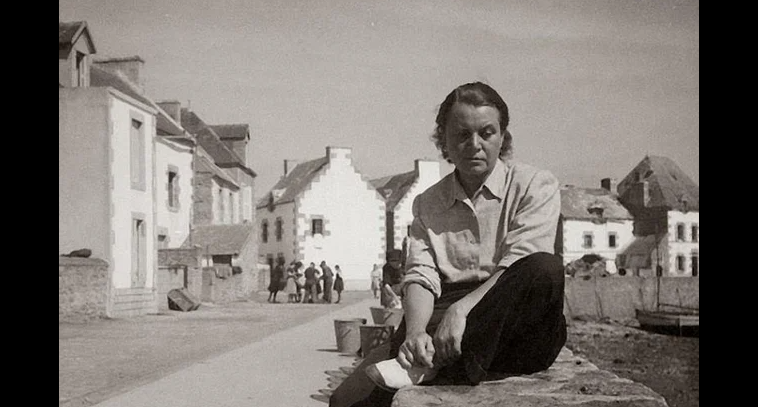Vaclav Havel, Czechoslovakia’s first president, also lived as an activist, poet, and playwright. Communist rule made Havel's life hard, including his education, but he prevailed, having attended university. Even into his adulthood, Havel faced political strife, having his plays banned from viewing and being harassed by the government due to his activism. Was the trouble worth it for the first post-Communism president?
St Wenceslas, Patron Saint of Bohemia
St Wenceslas Day, which honors Duke of Bohemia Wenceslas I, is celebrated on September 28th in the Czech Republic. His story begins with his Christian grandmother Ludmila, having been raised by her up to the time Wenceslas I's mother, Drahomira, had Ludmila assassinated to become Queen Regent. After regaining the throne from his mother, Wenceslas continued to reign for 14 years until his death.
Great Moravia: Svatopluk I and Mojmir II (870-907)
The story of Great Moravia continues with the arrest of Svatopluk I's arrest. Becuase of Svatopluk's supposed death, the Moravians, in anger, elected Slavomir in his place until Svatopluk came back. After the death of Svatopluk II, his son Mojmir II took his place, after which the kingdom saw some hard times, including wars.
Impacting the Arts
There are several Czech artists who have and continue to influence the world, and four of them are highlighted in this article. These artists are Jiri Trnka, Anna Daucikova, Libuse Jarcovjakova, and Yemi AD. From film to painting, glassblowing to photograph, and performance to dance, these artists present a variety of expressions that have influenced the world.
A Scalpel, Two Annas, and a Glass Ceiling
This article describes the lives of two Annas, Bayerova and Honzakova, who pursued medicine during the era of women's suffrage. Both doctors faced obstacles to their passions, but prevailed, such as Anna Bayerova graduating from the University of Bern due to being unable to receive her degree in Czechoslovakia. Anna Honzakova had an easier time pursuing medicine but was initially refused participation in her exit exam until the University of Prague relented.
National Uprising Day
Slovak Flag
White, red, and blue make up the Pan-Slavic Tricolor, chosen based on the flag of Russia since that nation, during the late 17th century, represented Slavic independence and power. In fact, their flag was initially too similar to the Russian flag for them to keep it that way, thus the decision to ultimately add the heraldic symbol was made on September 1, 1992.
Kamil Kubik: Impressions
Kamil Kubik grew into an internationally recognized artist from a rough beginning to his life, having to escape his home in 1948 due to radical political changes. He's most famous for his cityscape paintings, including paintings of Central Park, Prague, London, and the White House, along with a scenic painting from nearly every state in the United States. He became the official artist for the White House.
Great Moravia: Mojmir I and Rostislav (830-870)
After the death of Samo, there was uncertainty about the Czech and Moravian lands, but after the rise of Charlamange of the Frankish Kingdom, Moravians were able to recover. The princes of Moravia consolidated their power, and one in particular Mojmir I, rose beyond tribal institutions to establish Great Moravia. After Mojmir I's deposition, his nephew Rostislav became Louis the German's loyal vassal. In secret, however, Rostislav had ambitions beyond this.
Samo and his Empire (631 – 658)
In the mid-seventh century, the "first Slavic State" came into existence, ruled by Samo, thus named Samo's Empire. It began with Samo as a Frankish merchant who aided the Slavs in their revolt against the ruling Avars. Samo was such a major contributor to the effort that he was chosen as the leader. The rest is history...
Jiřà °˛ą°ůá˛ő±đ°ě: Czech Decadence Writer (1871-1951)
Jiřà °˛ą°ůá˛ő±đ°ě ze Lvovic was a unique individual, whose name is even somewhat unique. He was fascinated with death as a child and the occult as an adult. He wrote poetry and critique, collected art and co-founded a magazine, the Moderni Revue. When homosexuality was illegal in Czechoslovakia, he was openly gay and was an activist in the LGBT community of the time.
A Progression in Pride: Those Along the Way
In this article, the history of Czech LGBT athletes is examined, with two individual athletes highlighted. The first is Martina Navratilova, a world-renowned tennis player whose won the 1972 Czechoslovak National Championship at the young age of 15. The second is Olympic figure skater Ondrej Nepala, who started his Olympic career in the 1964 Winter Games at the age of 13. Both distinguished athletes advocated for LGBT rights, with Navratilova still doing so to this day.
Assassination of Reinhard Heydrich
"The Butcher of Prague" Reinhard Heydrich established himself as a ruthless authority among the Nazis, terrorizing Eastern Europe. Czechoslovakian president Eduardo Bene ordered a team of assassins to kill Heydrich. These assassins were Josef Gabcik, a former blacksmith and locksmith, and Jan Kubis, both of whom rose up the ranks in the Czech military. Of course there were others, 7, in fact, and if they were successful is written.
Milada Horakova
Milada Horakova was an advocate for democracy, stuck between both the Nazis and Communists for her adult life. During the Nazi occupation of Czechoslovakia, she resisted, helping emigrants escape and harboring fugitives of the occupiers. Although she faced torture and death from the Nazis, she not only survived but also continued her same fight, this time with the Soviets. Sadly, she was sentenced to death and executed, even when eminent individuals of the time demanded her release.
Jana ±·´Ç±ą´ÇłŮ˛Ôá: Czech Tennis Champion (1968-2017)
Love, Dad
Diana Cam Van Nguyen, up-and-coming Vietnamese-Czech animation director, debuts her animated documentary, "Love, Dad." It centers around an exchange of letters between a daughter and her father. In her film, several animation techniques are used in a fitting manner. Her future as a filmmaker is only beginning, but she's already made international waves!
The Czech Flag: A Century of Waving
Inspired by the American holiday, many nations in the world celebrate Flag Day, including Czechia. Before Czechia, there was Czechoslovakia, whose flag, created in 1918, featured 2 horizontal stripes, white on the top and red on the bottom. The flag changed to include a blue wedge from the left and has remained this way since, including after the separation of Czechoslovakia into the Czech Republic and Slovakia.
Toyen: Czech Surrealist Artist (1902-1980)
Toyen, born Marie ÄŚ±đ°ůłľĂ˛Ô´Ç±ąĂˇ, was a foundational Czech Surrealist artist who explored gender expression. In her early days, she traveled to Paris where she promoted a poetry-inspired art style called "Artificialism." Her own art explored gender, politics, and eroticism, which challenged viewers. After the Communist takeover of Czechoslovakia, Toyen lived in Paris, creating new, expressive pieces, for the rest of her life.
Pride, Country, and a Balance Beam
VÄ›ra Čá˛ő±ô˛ą±ą˛ő°ěá was a Czechoslovakian Olympian gymnast, born in May 3, 1942 and raised in Prague. Her sense of pride came from more than her sport, as it centered around her love for Czechoslovakia and her people, such that she signed the Two Thousand Words manifesto during Prague Spring. Even through possible persecution she continued to train for the Olympics. After the Olympics, the persecution continued, but she remained resolute though her life, earning her the love of the Czechoslovakian people.
Mother's Day in Czechia: Charlotte Masaryk
Through history, celebrating Mother’s Day in the Czech Republic was more complicated than one could imagine. It begins with the wife of Tomas Masaryk, Charlotte, who fought for women’s rights and taught her daughter, Alice Masarykova, to do the same. After her mother’s death, Alice established Mother’s Day in 1923. The complications of Mother’s Day lasted for a long time, into Czechoslovakia’s Communist occupation.























